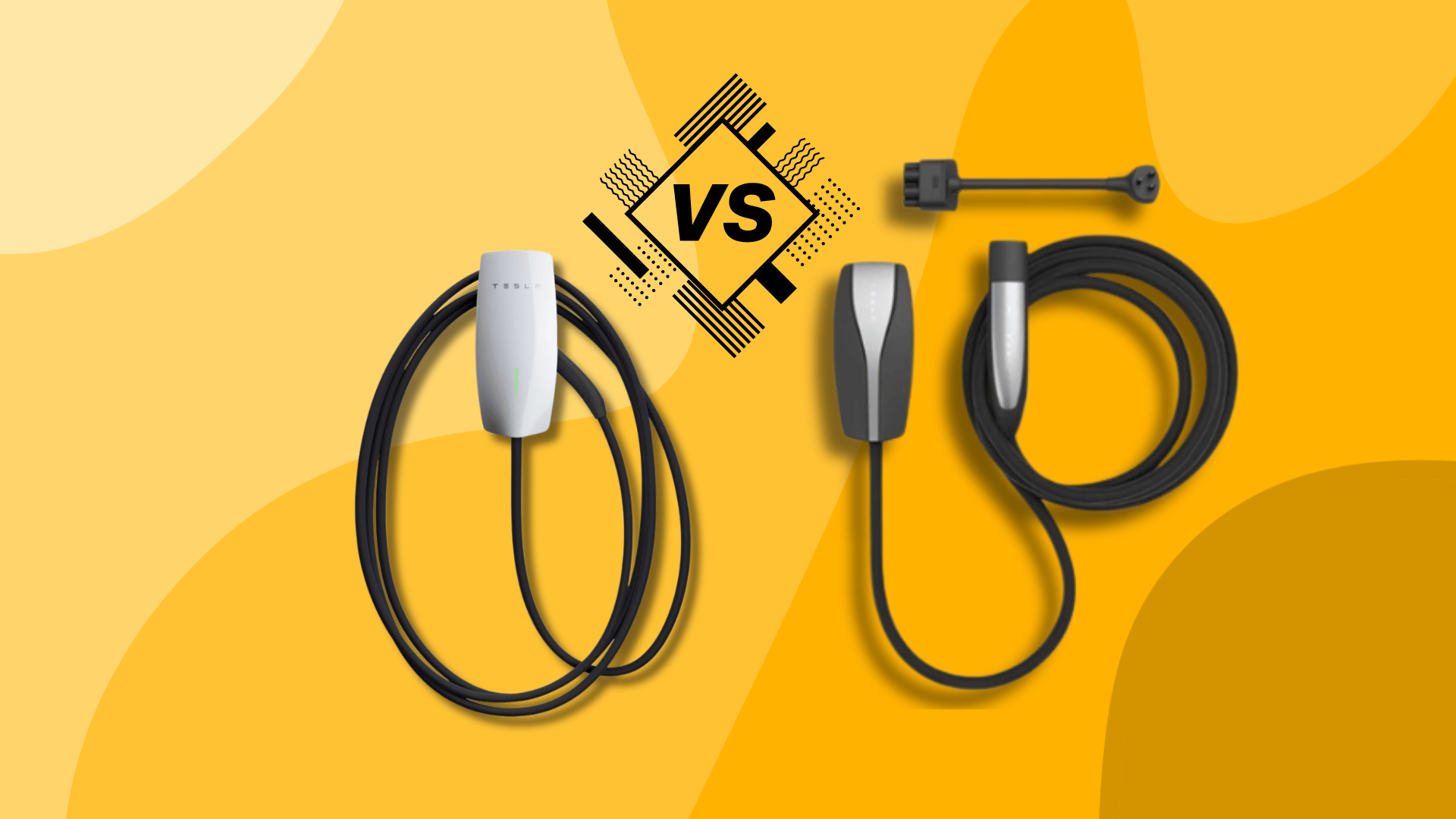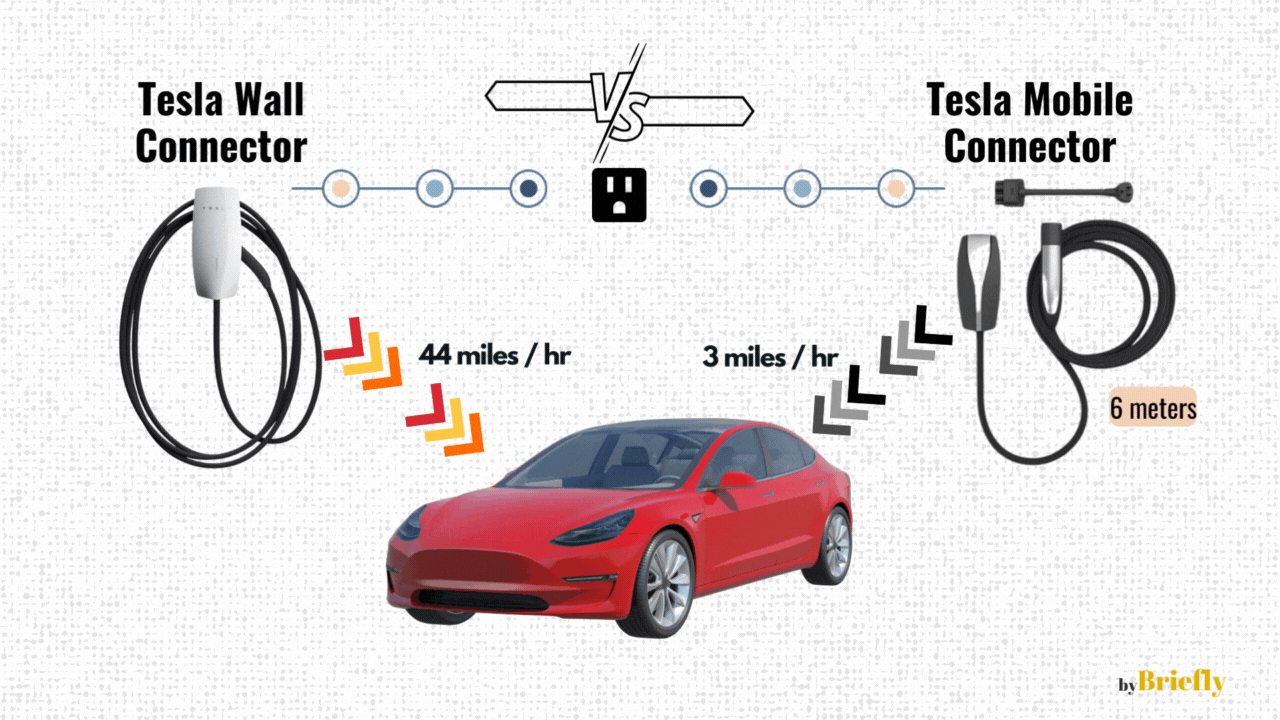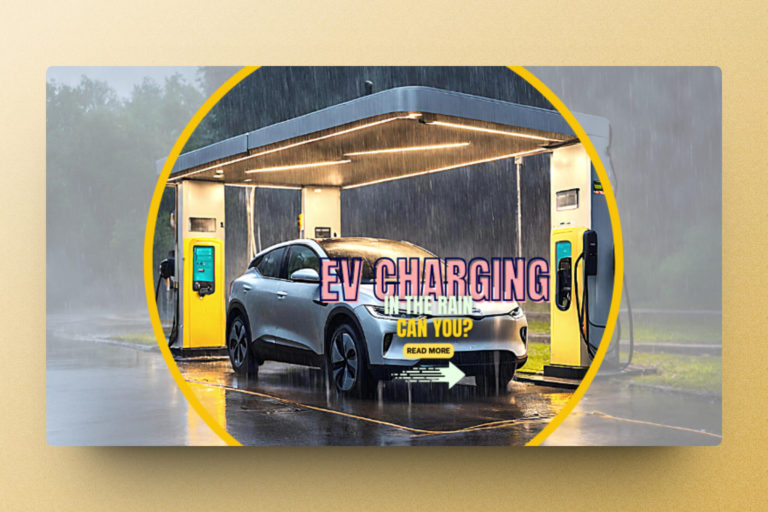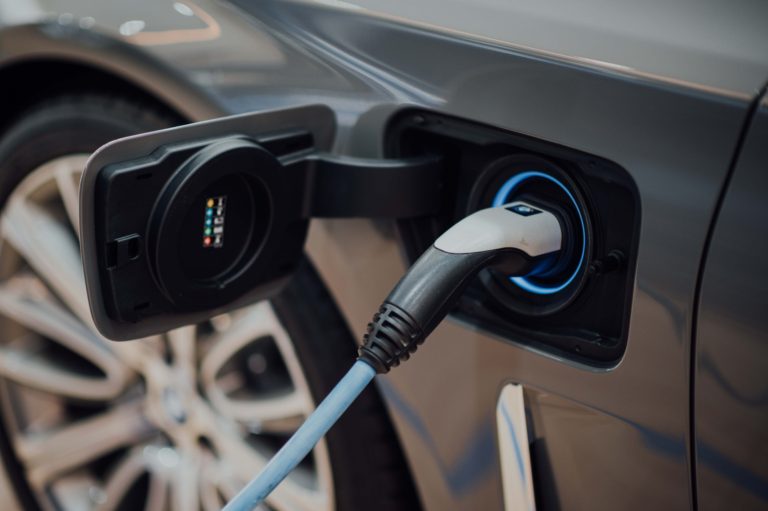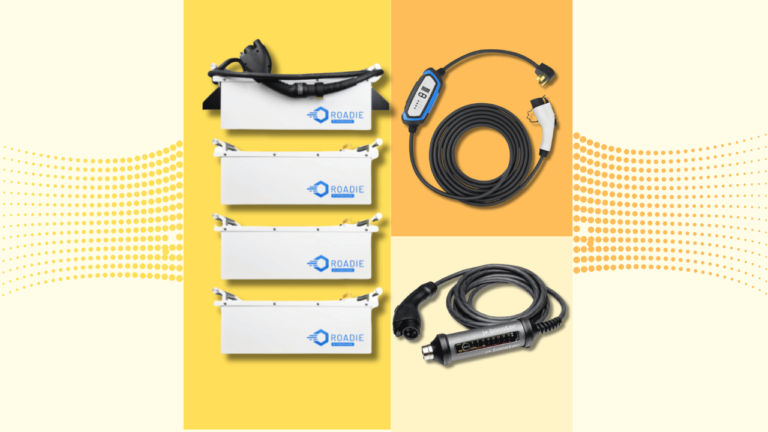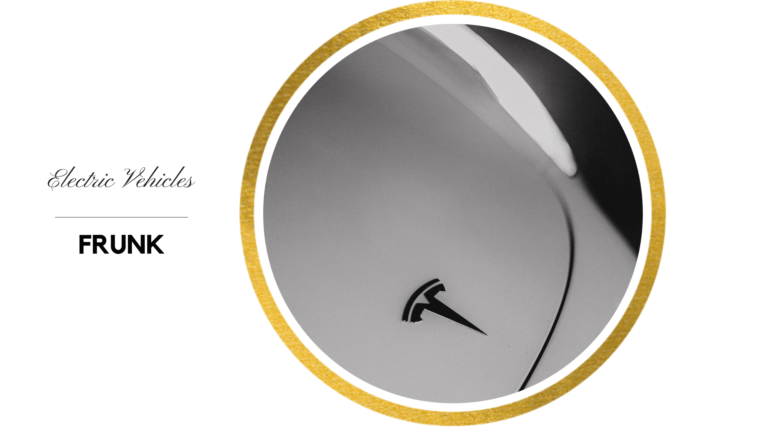We compare the Tesla Wall Connector (Level 2) and the Tesla Mobile Connector (Level 1) in this brief. Our focus is on compatibility, smart features, WiFi connectivity, installation, and build quality.
Table of Contents
Compatibility of Tesla Wall vs. Mobile Connector
First let’s look at Tesla Wall Connector compatibility.
Most electric vehicles, including Teslas and non-Teslas, will work with it as long as the plug matches the charging inlet.
The Tesla Wall Connector is Level 2 EV charger and is designed for use with Tesla vehicles. Including Model S, Model 3, Model X, and Model Y, it works on all Tesla models — even Tesla Cybertruck.
If you have a Tesla to J1772 adapter, the Wall Connector can also be used with non-Tesla electric vehicles that support the J1772 charging standard.
For compatibility, mobile connectors are also pretty similar to wall connectors.
They’re compatible with Teslas and can be used with different outlets to charge at low to medium speeds.
Tesla Mobile Connector is a Level 1 EV charger that works with Model S, Model X, Model 3, and Model Y electric vehicles.
It is a UL-approved EV charger that charges any Tesla-compliant vehicle.
The second generation of the Mobile Connector has a maximum output of 32 amps when using the NEMA 14-50 or NEMA 6-50 adapters. This delivers up to 7.7 kW of AC power to the vehicle.
The Mobile Connector can be made compatible with other electric vehicles using the Tesla-provided J1772 adapter.
Smart Features and WiFi Connectivity in Wall Connector
Wall Connector when setup connects to a local Wi-Fi network. This feature is available through the Tesla app.
There are different features to take advantage of, such as access control. In essence, this feature restricts charging access to certain vehicles (limited to Tesla vehicles).
Another feature is automatic load sharing when multiple Wall Connectors are installed. It means allowing for intelligent power distribution among multiple chargers.
With its power sharing capability, the Tesla Wall Connector is an ideal choice for commercial spaces and multi-car households. As it allows for intelligent power distribution among multiple chargers (up to 6 chargers). This ensures that all vehicles receive an optimal charging experience without overloading the electrical system.
Remote monitoring in the Tesla Wall Connector allows users to keep track of their Electric Vehicle Supply Equipment (EVSE) from anywhere using the Tesla app.
This feature provides real-time information on charging status, power usage, and can even send notifications when charging is complete or if any issues arise during the charging process.
The Wall Connector also offers the feature of off-peak charging. You can take advantage of lower electricity rates during specific times of the day. And maximize cost savings and promoting energy efficiency.
In contrast Mobile Connector charger does not have WiFi connectivity or the ability to charge off-peak hours like the Wall Connector. Also, there isn’t any built-in smart features. It is basically a portable and easy-to-use charging device designed for convenience and versatility.
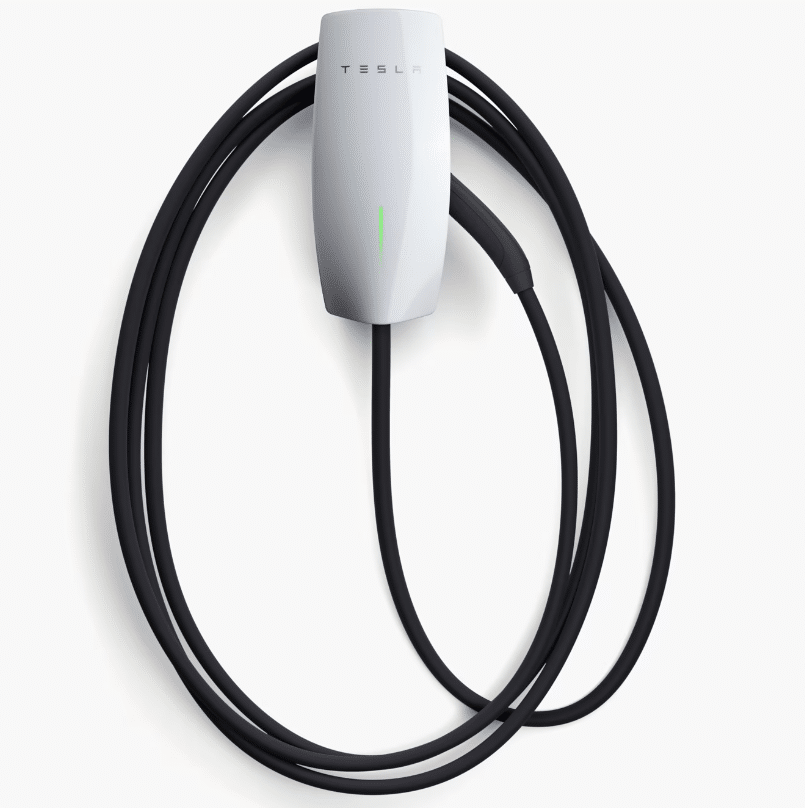
What are the Safety Features?
According to the installation manuals and product info, the Tesla Wall Connector generation 3 has several safety features.
Built-in RCD (Residual Current Device): The Wall Connector features a built-in Type B RCD (in some regions, it may have a Type A + DC 6mA RCD) to protect against electric shock. It continuously checks for a safe ground or earth connection.
Earth Assurance and Fault Recovery: The Wall Connector continuously checks for the presence of a safe earth connection and automatically recovers from faults related to the earth connection
Safety Warnings and Precautions: The installation manual contains critical safety information, including warnings against using the Wall Connector if the power cord is damaged, and against disassembling,repairing, or modifying the Wall Connector.
Installation is needed?
Tesla Wall Connector needs installation vs mobile connector does not need any installation. Mobile connectors just need to plugged in and comes with two interchangeable plugs for different outlets.
One thing to keep in mind for mobile connector is the location and outlet.
The Mobile Connector is designed for use with a variety of outlets. It is recommended to install a 240-volt outlet within approximately 20 feet (6 meters) of where you plan to park your Tesla vehicle.
While the installation of a 240-volt outlet and the use of the Mobile Connector may be within the capabilities of some individuals. It is recommended to consult with a qualified electrician to ensure that the installation and use comply with local regulations and safety standards.
Wall Connector can adapt to most home electrical systems. It is designed for versatile indoor or outdoor mounting. Which can be hardwired into your home’s electrical setup.
The installation of the Tesla Wall Connector (Gen 3) is designed to be relatively straightforward, but it is recommended to be performed by a qualified electrician.
Preparation is the first step.
Before installation, it is important to review the installation manual thoroughly to understand the requirements and steps involved. Plus, it is recommended to ensure that the installation location complies with local regulations and provides sufficient space for landing wires and entry points.
Second point is power management configuration.
Installers can configure the setup within the Tesla Pros app and commission the Wall Connector by scanning the QR code located on the front of the installation Guide.
This provides the credentials to connect to the unit, enable Power Management features, connect to Wi-Fi, and set the circuit breaker rating and output amperage.
Make sure about updating and maintenance.
To keep the Wall Connector up to date, it is recommended to connect it to local Wi-Fi so that new features and functionality can be rolled out over time.
If you don’t have Wi-Fi, it’s still possible to manually update the Wall Connector through offline firmware updates.
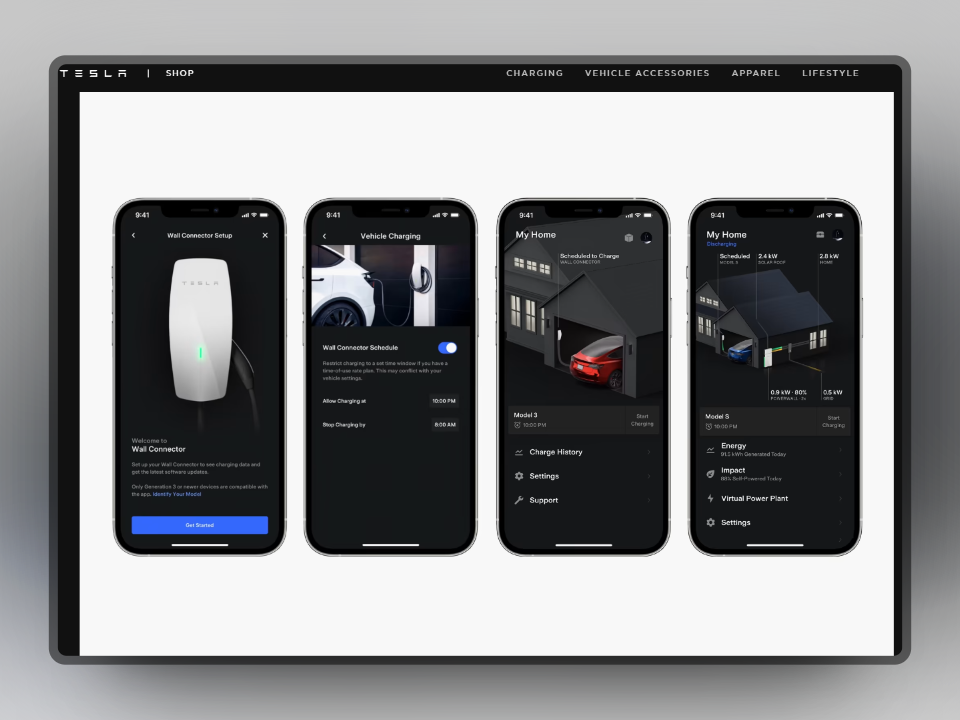
Build Quality: Tesla=Sleek
Tesla’s design department is solid in every aspect. There’s no difference in build quality on the charger side in Tesla.
Their Wall Connector has a sleek design with a tempered white glass face plate. It is build to protect against dirt, dust, oils, water splashes, and a range of temperatures.
The Mobile Connector is also very small, sleek, and lightweight so it makes it portable and convenient for travel.
Charging Power: How Long Does It Take?
Now it’s time to look into charging speed and power.
For Tesla vehicles, Wall Connectors can charge up to 11.5 kW / 48 amps, offering up to 44 miles of range per hour. At this charging speed, a Tesla Model 3 can be fully charged from 0 to 100% in approximately 8-9 hours.
It’s the fastest way to charge an electric vehicle at home, and it’s perfect for houses, apartments, condos, and workplaces.
Also Wi-Fi-enabled, so you can access the latest charging features and updates over the air. For homes with multiple electric vehicles, it can manage power output.
Besides Tesla vehicles, the Universal Wall Connector also works with non-Tesla electric vehicles, offering the same power, speed, and functionality as the Wall Connector.
On the other hand, Mobile Connector charges at a lower rate, with the Gen 2 rated at 32 Amps. If you use the NEMA 14-50 or NEMA 6-50 adapters, the Tesla Gen 2 Mobile Connector can output 7.7 kW, allowing a Tesla to draw 32 amps at 240 volts. That means the Gen 2 Mobile Connector can charge up to 30 miles a day.
Warranty: For How Long You are Covered
The Tesla Wall Connector comes with a limited warranty that covers regular residential use for 48 months from the date of the invoice to the customer. For normal commercial use, the warranty also applies to the Wall Connector for 48 months. This means that under normal use, the Wall Connector is covered for 4 years from purchase.
Mobile Connector:
The Tesla Mobile Connector comes with a limited warranty that covers normal use for 12 months from the date of the invoice to the customer
If the mobile connector is found to be faulty within this period, Tesla’s Mobile Service can provide a replacement option.

Price: How Much Does It Cost for You?
The Wall Connector is generally more expensive than the Mobile Connector due to its higher power output and smart features.
Tesla Wall Connector price varies depending on the model and features. The Gen 3 Wall Connector with 7.3m cable is listed at $750.
However, the Wall Connector with a 24′ cable is listed at $475.
Less expensive and more portable is the Mobile Connector. This is great for those who need charging while traveling. Tesla Mobile Connector price varies based on the specific model and features. The Gen 2 Mobile Connector is listed at $230.
Recap of Tesla Wall Connector vs. Mobile Connector
The Wall Connector offers faster charging, smart features, and WiFi connectivity. This makes it suitable for home installations where higher power output and advanced control are desired.
The Mobile Connector, on the other hand, is more portable and less expensive, ideal for charging on the go at lower speeds.
Various factors affect the charging time for the Tesla Wall Connector and Mobile Connector, including the model and state of the battery.
The Tesla Wall Connector, a Level 2 charger, can provide up to 11.5 kW / 48 amp output. This allows for up to 44 miles of range per hour of charge
Tesla vehicles can take anywhere from 6 to 15 hours to fully charge, depending on their battery capacity and their state of charge.
With a Tesla Mobile Connector, you get 32 amps of power, which is a Level 1 charger. It can charge up to 3 miles per hour using a standard household outlet, but it can charge up to 30 miles per hour using a 240-volt outlet. It can take a few hours or even overnight to charge it, depending on the voltage and other conditions.
The times are just approximate, and the actual charging time can vary based on the vehicle’s onboard charger, the electrical supply, and the battery’s temperature.

